
Rickets is a condition that is most commonly seen in children when bones are softened, easily fractured and deformed. The causes of this disorder are deficiency of vitamin D and the lack of calcium. It can occur in adults, but rickets usually occurs in children who suffer from malnutrition due to starvation during the early period of their liver. Children six to 24 months old are at highest risk of developing rickets sue to the rapid bone growth. At high risk are also breast-fed babies whose mothers are not exposed to direct sunlight and babies who are breast fed and not exposed to direct sunlight, babies with dark complexions who need more sunlight and who are not getting it, people who do not drink milk due to lactose intolerance or some other reasons.
Causes
There are three types of rickets and each has its own causes. First is nutritional rickets caused by vitamin D deficiency. This vitamin is necessary for the normal formation of the bones and for the absorption of calcium and phosphorus from the intestines. It is found in certain kinds of food, it is created in skin cells as a response to sunlight exposure and it can be taken in food supplements.
Hypophosphatemic rickets is caused by deficiency of phosphate. This type od the condition is caused by genetic defect which prevents the kidneys to control the amount of phosphate eliminated in the urine. This kind is not caused by vitamin D deficiency but in nutritional supplements used for this type of rickets there is an activated form of vitamin D.
Renal rickets is caused by kidney disorders when people cannot control electrolytes eliminated in the urine. This especially relates to phosphate and calcium.
Symptoms
Signs and symptoms of rickets include bone pain or tenderness, problems with teeth such as deformities and delayed formation of teeth, muscle weakness, and slow growth, tendency for fractures, skeletal deformities such as abnormally shaped skull, bowlegs, rib-cage, breastbone, pelvic, and spinal deformities.
Diagnosis
There are several ways for a doctor to recognize rickets. One of them is through getting a detailed medical and nutritional history together with physical exam. A doctor may ask for blood tests which show calcium, vitamin D and phosphorous levels. Inspecting arterial blood gasses is another option, just like X-rays of problematic legs is.
Treatment and prevention
Since this is a condition with many connections to nutrition, diet is an important way of treating it. It is important to increase dietary intake of calcium, phosphates and vitamin D. Children should also be exposed to direct sunlight from which ultraviolet B light motivate the production of vitamin D in the skin. If diagnosed in its early stages, rickets is completely curable with appropriate supplements, but more serious cases of rickets may even require surgical intervention. Sometimes even the changes in bones may be permanent. Prevention mainly depends on pediatricians and obstetricians who have to educate mothers and fathers about what they can do to prevent the disease. Expecting mothers have to take vitamin D supplements and breastfed babies as well, and when the baby is weaned its diet must be nutritionally balanced.




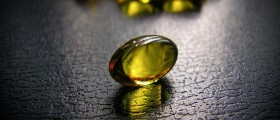





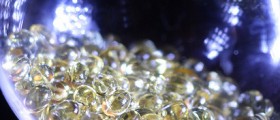

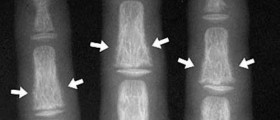

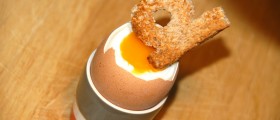

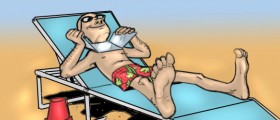
Your thoughts on this
Loading...